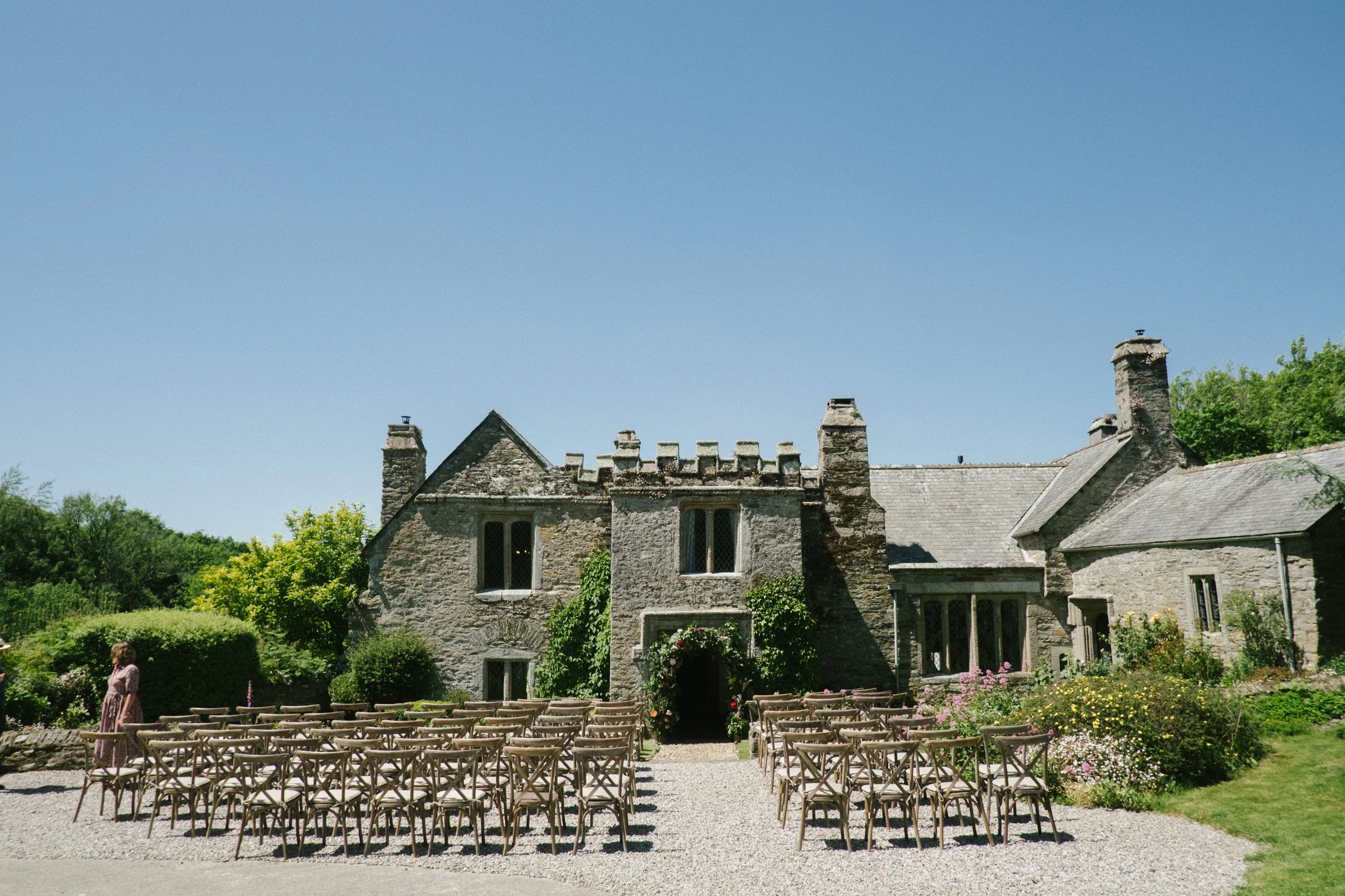About The MANOR HOUSE
Nestled in the heart of the rolling hills of the South Hams, lies Hareston Manor, a Jacobean Manor House, built in the late 14th century. Quietly existing for hundreds of years, down miles of sunken lanes which in the Spring brim with Campion, Primroses, Violets and Stitchwort. Wooded hills rise behind this, the quintessence of an ancient English Manor House.
History
Hareston is typical of the West Country Manor House being four square around a small central courtyard. The core of the present house derives from the late 14th Century. The chapel at the N.E. end was dedicated to St. Martin and was first licensed by the Bishop of Exeter in 1379. The great barn and the remains of an ancient wain house with buttressed walls, is situated at the East side of the house. Legend states that the building was used centuries ago on the prevalence of plague or other pestilential disorders as a hospital. There is strong reason to believe that Hareston may, during the Civil War, have been one of the Royalist strong positions established in a half circle from Plympton to Hooe, when Cromwellian Plymouth was besieged.
The name is derived from two Old English words, “Hare” (grey), “Stan” (stone) there is an enormous outcrop of grey granite in the field “Great Hareston” on the property, this was probably a boundary stone of some significance. The Doomsday survey of 1084 reveals that “the Manor of Harestana was held by the Saxon Edric at the time of Edward the Confessor. It seems certain that there has been a dwelling on the site of the present house for over a thousand years. After the Norman Conquest in 1066 it was given by William the First to his half brother the Count Of Mortain whose stronghold was Launceston Castle. In 1086 Rainald held it of the Count.

